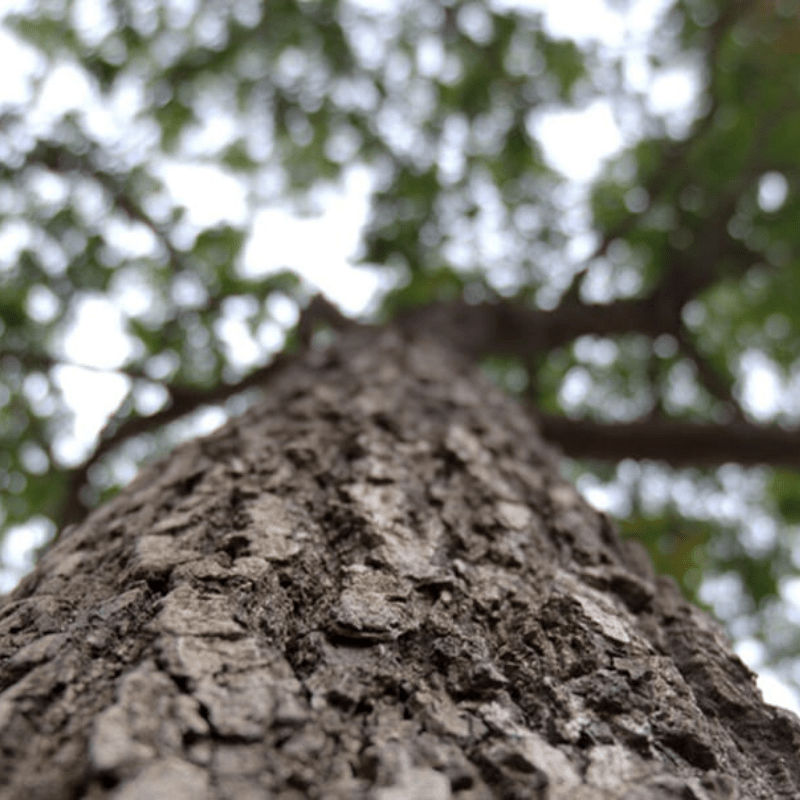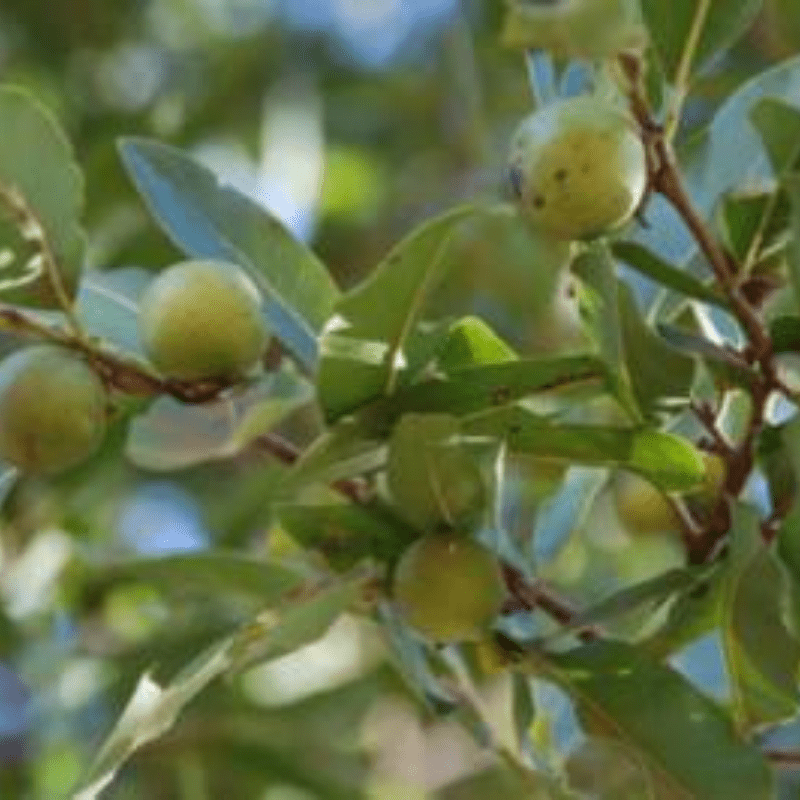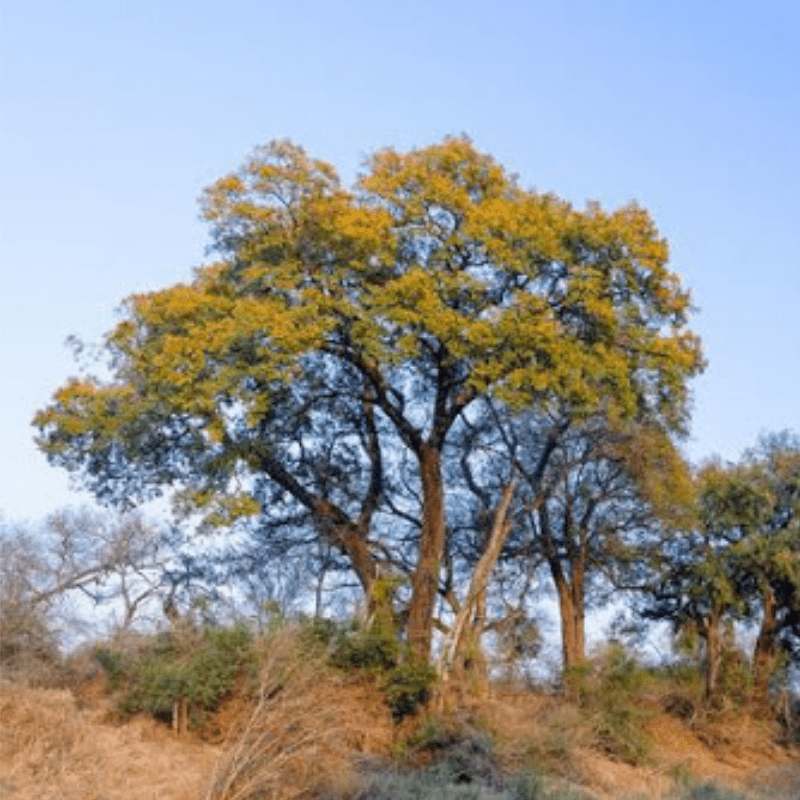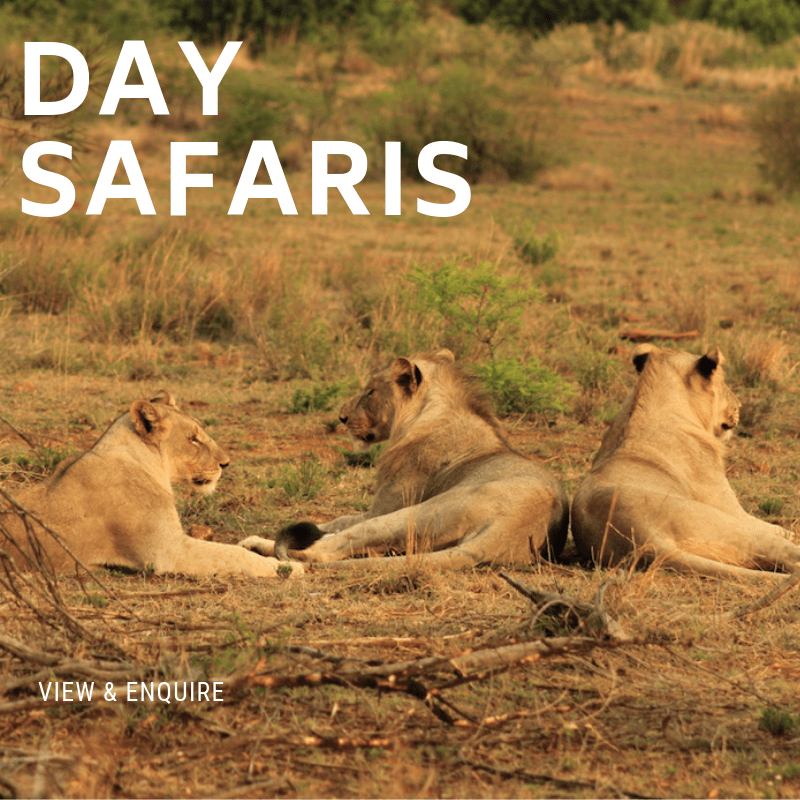Jackalberry Tree
(Diospyros mespiliformis)
Family: Ebenaceae
Common names: African ebony, jackal-berry (Eng.); jakkalsbessie (Afr.); Musuma (Tshivenda); Mgula (Tsonga)
SA Tree No: 606
The Jackalberry tree is one of our absolute favourites. It has a wonderfully engaging approach to the savanna and offers a deep sense of mutualism and with a friendly symbiotic approach to all of its vertebrate and invertebrate neighbours. Its an impressive tree that can be found throughout the Park from open savanna plains to riverine frontage and ages well beyond 250 years.
Description
The Jackalberry grows into a very large and tall tree which is able to exceed a height of 20 meters and reach a trunk circumference of more than 4 meters in width. It has a dense darkish green and roundish canopy that spreads out wide. The single trunk can be massive with a gnarled or fluted appearance. Midway up the trunk splits into two large branches that will then continue to spread out until reaching the canopy tip. The bark of the Jackalberry is a black-grey colour that looks as if it has been burnt. The bark is rough and deeply grooved.
The leaves of the Jackalberry are single, alternate, elliptical with a evident "waved" margin. They are dark green in colour with young leaves looking reddish and older leaves looking yellow in colour. The flowers of the Jackalberry are rather inconspicuous but appear from October to December each year. They are a creamy white in colour and are fairly fragrant. Male flowers are arranged in stalked bunches and female flowers are solitary.
The fruit of the Jackalberry are round green berries that take up to a year to ripen and are therefore often present in large numbers as there softer palatable taste synchronizes in maturity together.
This is a deciduous tree however is seldom without leaves as new leaves appear when the old leaves fall off.
Ecology
This tree is involved in a unique ecosystem. Different insects such as bees and wasps play a role in pollinating the flowers. Seeds are dispersed either through wash-off by rain or in the droppings of animals that feed on the fruits. Termites often build their nests around the tree and feed on the roots. The tree benefits from moisture and aeration as a result of termites burrowing in the soil under the tree. Snakes like to reside close to or around the tree as they prey on the rodents and certain birds that feed on the fruits.
This tree is loved by so many animals and birds. Its common to see African Green-pigeons, Brown-headed Parrots, Grey hornbills and Purple-crested Turacos as well as Vervet Monkeys and Baboons feeding on the fruit. Fallen leaves and fruit are eaten by many antelopes such as Kudu, Impala, Nyala, Bush-buck and Jackal. The leaves are eaten by Elephant, Kudu and Eland. The larvae of the emperor butterfly, Charaxes achaemenes, feed on the leaves of this tree.
The Jackalberry's common name is derived from the fact the its relished by a number of animals and as the name suggest one of its keen favourites is the omnivorous Black-backed Jackal (Canis mesomelas)
Uses
Ripe fruits are relished by indigenous people, especially by children. Fruits are eaten fresh or are dried for later use. The juvenile twigs are sometimes used as toothbrushes. The wood is durable and used to make spoons and canoes. A decoction of roots is ingested to get rid of internal parasites such as worms. Extracts of various parts of the plants are believed to have antibiotic properties. The tannins are extracted from the leaves , fruit and roots and medically used to treat dysentery. The leaves and twigs are sued to promote scar tissue healing and the bark and leaves are used to treat ringworm, internal parasites and are combined with other plants as a cure for Leprosy.
The berries can be used as a paper glue whilst still green, one simply peals away the green fleshy exterior and the fruit oozes a stocky sap.
A secondary benefit from this tree is the flavour it gives to termites nesting around the tree. The termites feed on the roots and humans eat the termites, including flying termites, which are delicious. The tree is used for shade and also makes an incredible screen or windbreak.
An ancient superstitions suggests that a man away from his home should not eat of the fruit unless he wants to be inhabited by evil spirits.








